PDF-DIRECTORATE GENERAL FOR INTERNAL POLICIESPOLICY DEPARTMENT C: CITIZENS
Author : yoshiko-marsland | Published Date : 2016-07-23
PE 474393 EN This document was requested by the European Parliaments Committee on Civil Liberties Justice and Home Affairs AUTHORSDr Aspasia Papadopoulou European
Presentation Embed Code
Download Presentation
Download Presentation The PPT/PDF document "DIRECTORATE GENERAL FOR INTERNAL POLICIE..." is the property of its rightful owner. Permission is granted to download and print the materials on this website for personal, non-commercial use only, and to display it on your personal computer provided you do not modify the materials and that you retain all copyright notices contained in the materials. By downloading content from our website, you accept the terms of this agreement.
DIRECTORATE GENERAL FOR INTERNAL POLICIESPOLICY DEPARTMENT C: CITIZENS: Transcript
Download Rules Of Document
"DIRECTORATE GENERAL FOR INTERNAL POLICIESPOLICY DEPARTMENT C: CITIZENS"The content belongs to its owner. You may download and print it for personal use, without modification, and keep all copyright notices. By downloading, you agree to these terms.
Related Documents

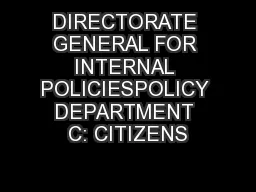

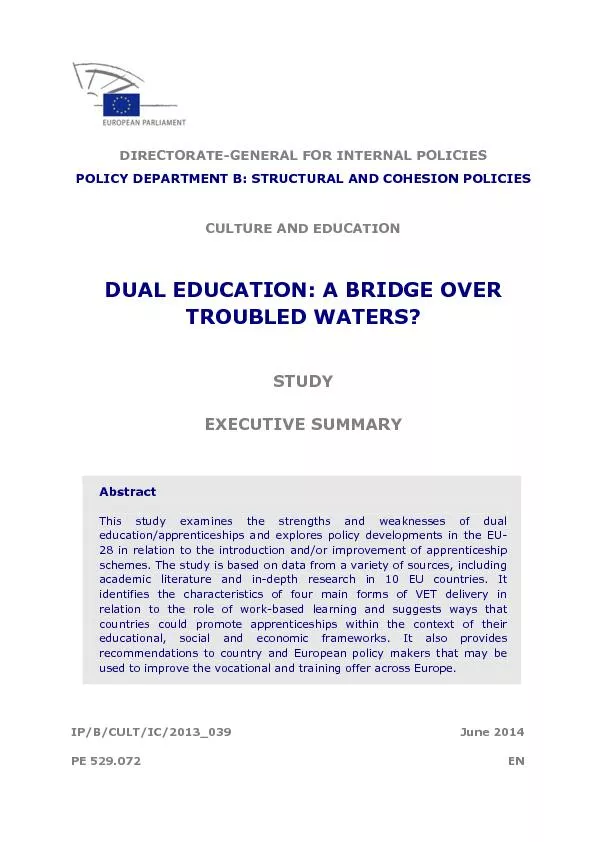
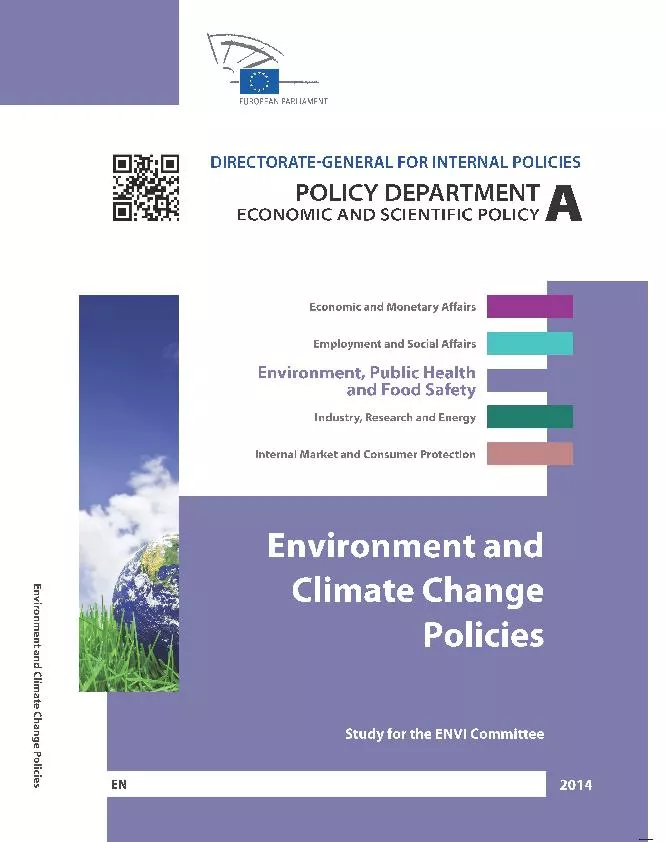
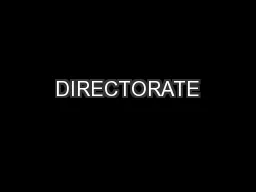
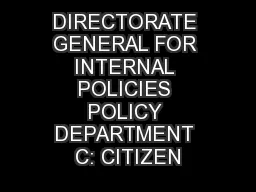
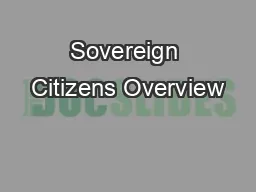
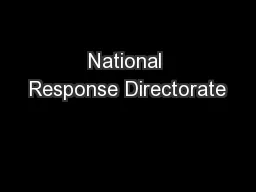


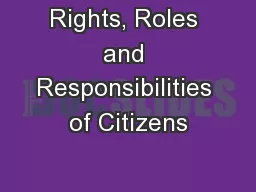
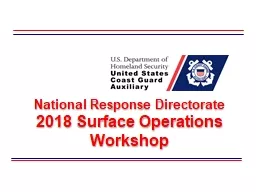

![BRANCH A [FINANCE & ADMINISTRATION]](https://thumbs.docslides.com/1063055/branch-a-finance-administration.jpg)